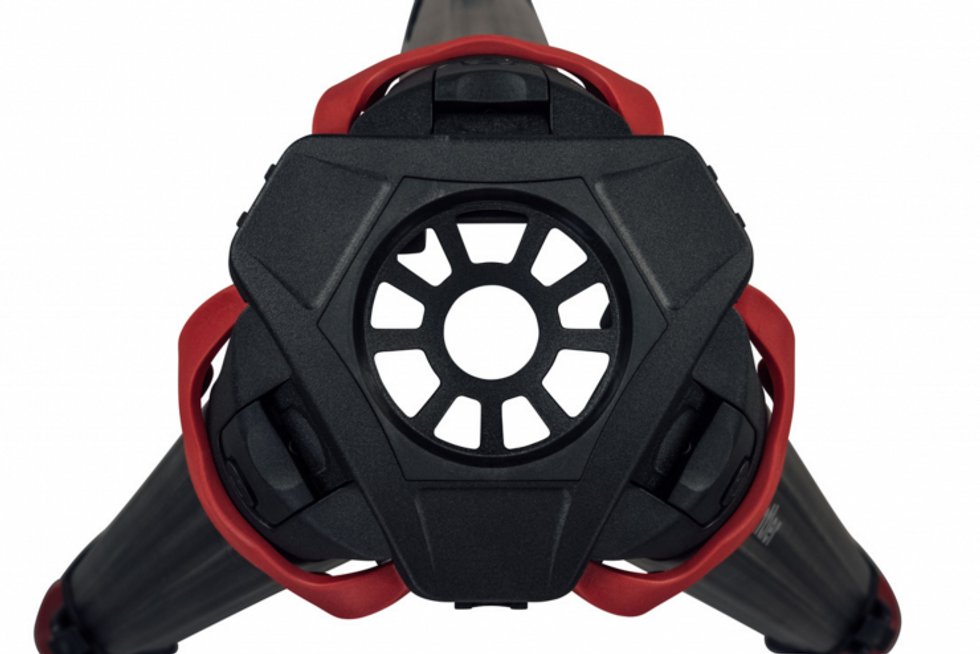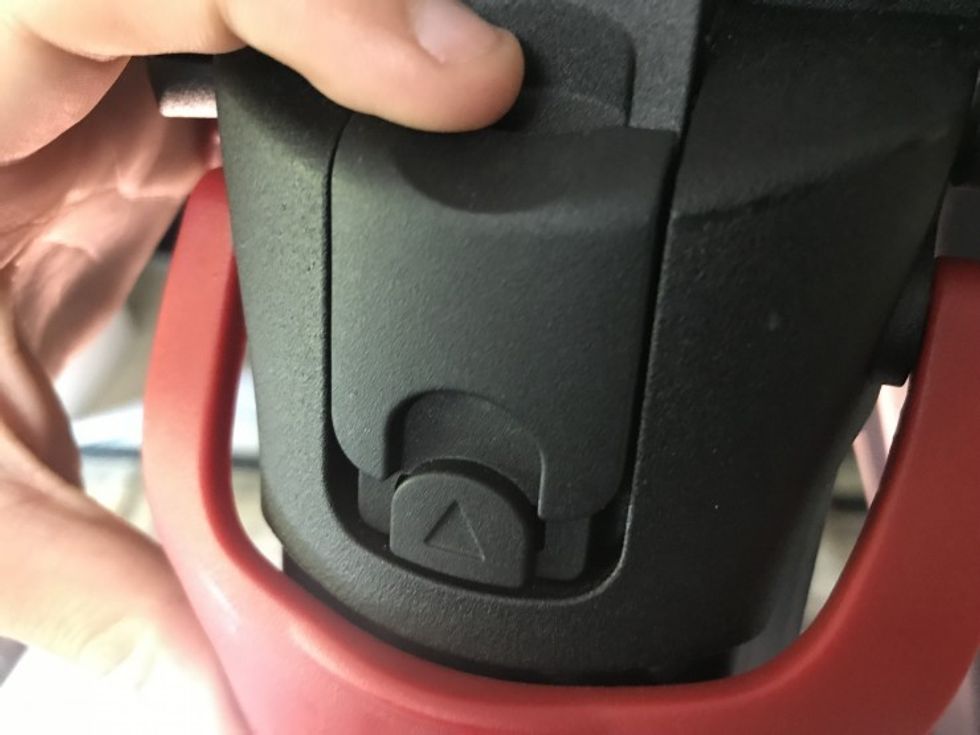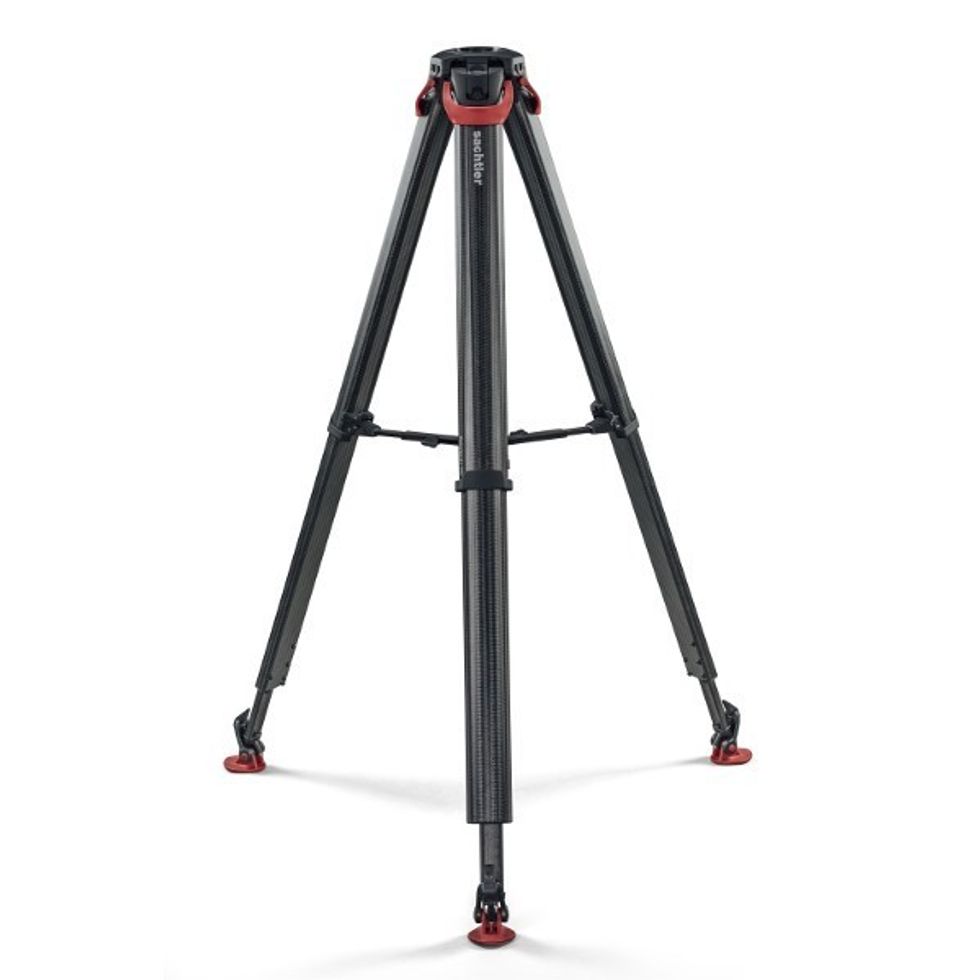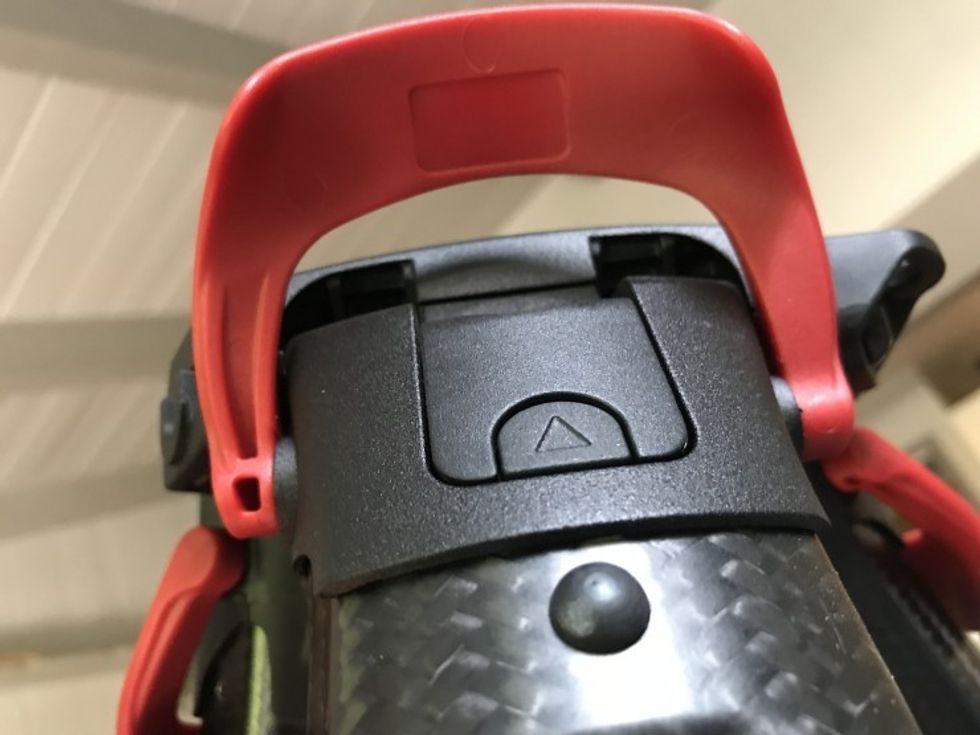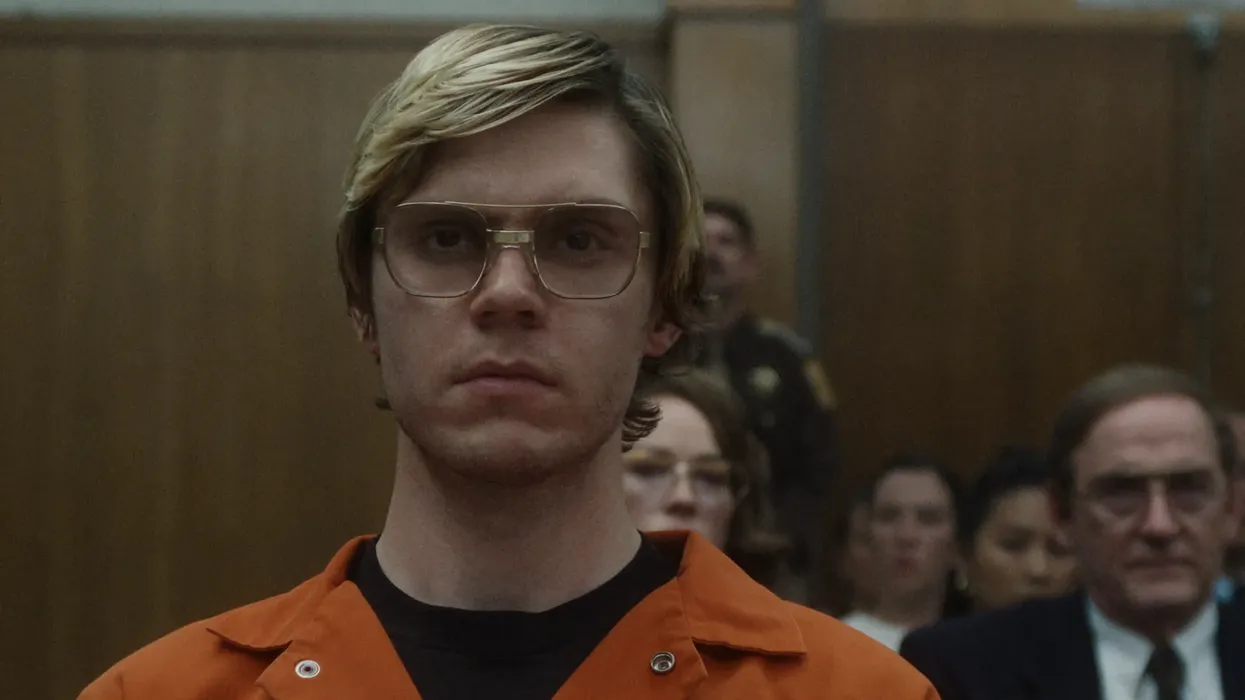REVIEW: Sachtler Flowtech 75 MS Carbon Fiber Tripod Legs Could Save Your Back
Here are my impressions from the field of the Flowtech 75 and its innovative single-clasp system.
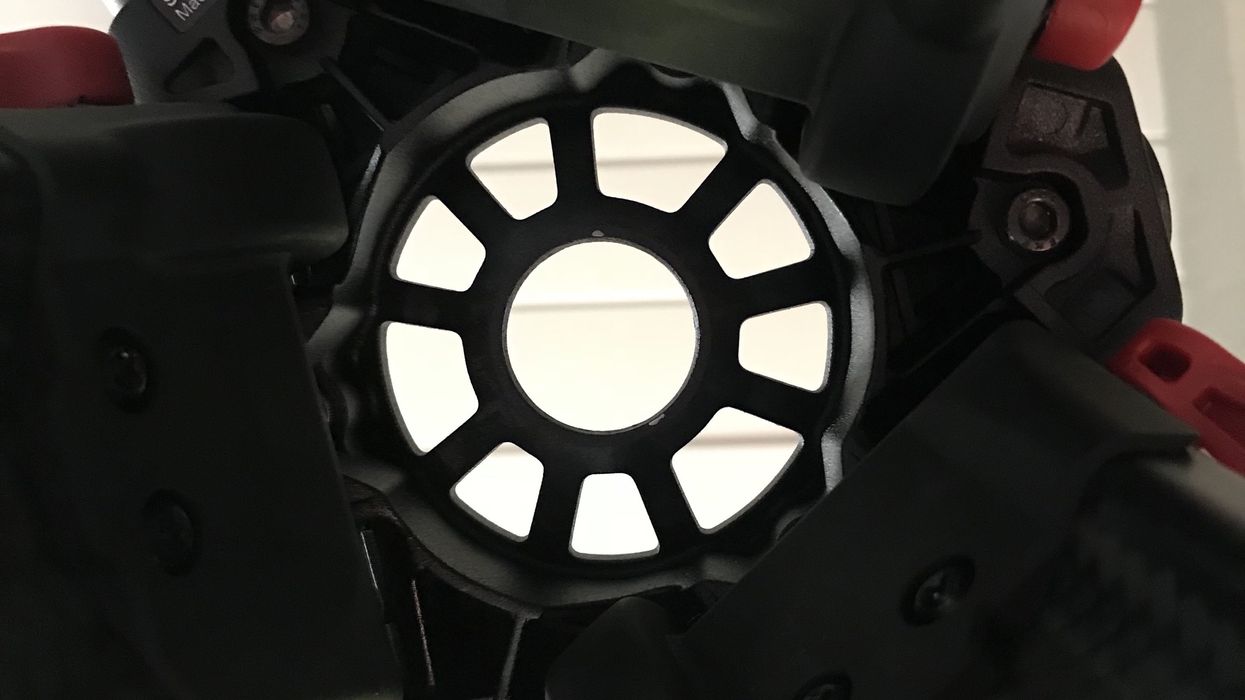
When I was first shown the prototype to the Sachtler Flowtech 75 at NAB 2017, I knew that the company had an interesting product on its hands. Instantly I could see the benefit of being able to deploy, raise and lower the tripod from the top of the sticks or head. As a DP, AC, camera operator or frequent solo shooter, bending over every time you want to adjust a traditional tripod can be death to the lower back. The single-clasp system is the main design feature of the Flowtech 75 that distinguishes it from traditional two-stage tripods. Here are my thoughts after using the tripod for the past couple of months in the field.
Features
The legs themselves have a flat, wide smooth surface and are very different from your standard cylindrical leg shape. A mid-level spreader can be used for increased stability and can be easily removed. The magnetic transport lock on the bottom of each leg helps when transporting the tripod without worrying that a leg is going to swing loose.
In addition to the red (black if you buy it as a Vinten Flowtech) clasps, there's a locking button on the top of each leg. This mechanism allows you to lock the spread of the legs to 18" apart or unlock for the full range of the spread, going all the way flush with the floor (without a head, obviously). This quick-locking system allows for spreaderless operation of the tripod and independent manipulation of legs, as well as creating possibilities for low-profile situations. With each leg manipulated in such a way, I could see this tripod being very useful for quick and low-cost rigging of a static camera in a car or other tight spaces.
Build Quality
The Flowtech's construction is carbon-fiber with an aluminum bowl and some plastic elements (clasps, knobs, buttons, etc). The legs are wide, flat and sturdy and quickly telescope with little friction. The clasps are made of sturdy plastic, but as probably the most often used mechanism in the whole design, I wonder why they aren't made out of something more durable. I feel like one hard drop on a hard floor could kill a clasp. I may be underestimating how strong it is, but hard plastic is still plastic.
The aluminum 75mm bowl is strong and what you'd expect from a good bowl. There's one recessed 3/8" threaded hole for accessories. The carbon fiber legs themselves are wide and smooth and feel comfortable to carry on your shoulder (by design!). No complaints here; they feel strong and durable and protected. If there's a place where sand can get inside these legs, I can't find it, making this a great option if you find yourself working on the beach.
Even though this tripod is lightweight and small, it feels incredibly sturdy and trustworthy, even when stacking accessories on my rig.

Usability
After using a product in real-world scenarios for a few months, I usually rate it on general usability: how easily/effectively the product can be taken out of the box and start working. Here the Flowtech 75 scores well: Paired with a Sachtler FSB 8 head, I found it easy to integrate into my regular camera packages, where it took the spot of a Manfrotto or Benro. On shoots when I had no A.C., this tripod definitely made life easier, and even after stacking weight on it felt like I could move the whole rig swiftly and without help.
As a frequent solo shooter, I've already felt the benefits of the top clasp operation, saving significant back strain when moving setups quickly. This tripod is especially quick when deploying over uneven terrain. With each leg height operated independently through the single clasp system and each leg having independent spread control, getting level becomes a quick job (a bubble level with a touchlight comes standard as well). The features of the Flowtech are simply great for small to medium weight rigs.
The single clasp operation is very well designed and implemented, which I felt immediately upon my first use. It served one of the most valuable functions that any tool can on a set: it saved the production time. The first time I deployed the tripod on set, however, the legs came out quickly and hit the floor quite hard. The gravity-drop style of leg deployment can lead to some violent strikes to a floor—though I'd be more worried about damaging the floor of the location than the tripod. Sometimes, during leg deployment, I've had to let the feet land on my foot as a way to make it quieter and less distracting during rehearsal/setup.
I've found the best way to make use of this style of clasp is to start low and go up into place from there. My only complaint is that, theoretically, this should be the tripod that prevents me from bending and lifting, yet here I am doing it to prevent the legs from dropping violently to the floor. A slight contradiction in an otherwise genius product.
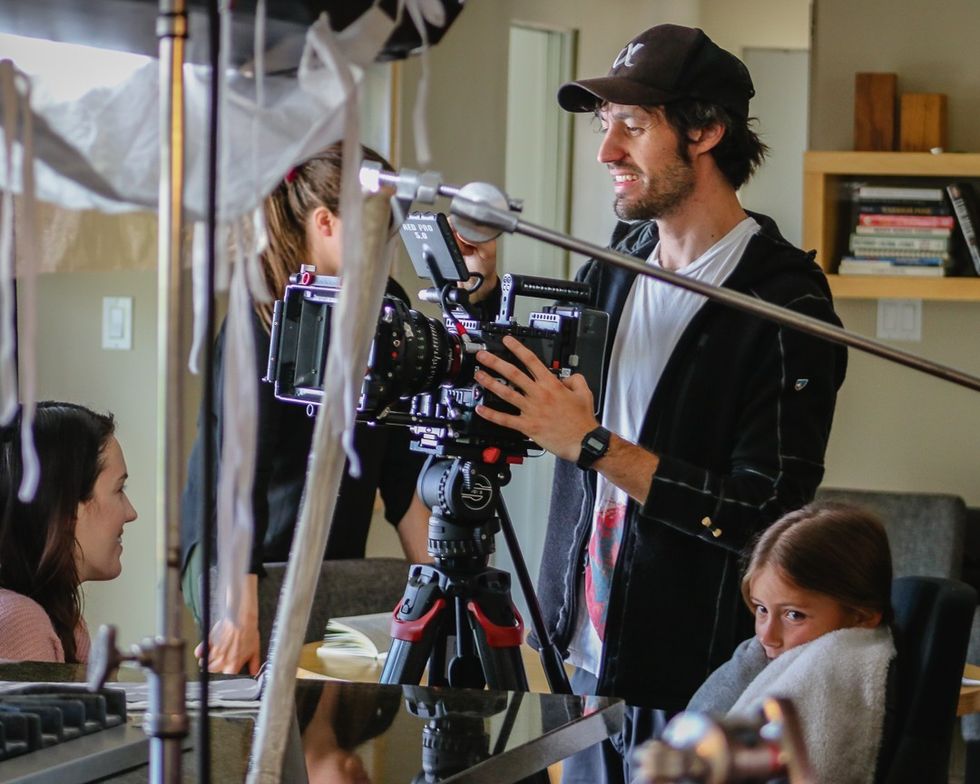
Conclusion & Summary
Obviously, the Flowtech 75 still not suited for fully fledged cinema camera systems and accessories where you will want to go with something heavier—a 100mm version of these legs would make things very interesting in that regard. However, this style of tripod might not be able to grow into the heavy duty space for the same reason it's innovative: would you have your camera equipment's safety be resting on a single (plastic) clasp failing? Maybe it's superstition, but I would still trust the multiple tightening points of a traditional tripod in terms of pure safety and reliability. Perhaps there could be additional locks, or more safety implementation on a (still mystical) 100mm version. Only time will tell.
Overall, this is a great lightweight tripod to keep in your kit that you can deploy quickly and effortlessly on a variety of terrain and spaces. It's a solid cross between performance and innovation and at the end of the day it's a very handy set of legs that just plain work. There's a small learning curve to this new tripod style and it's a minor investment at roughly $1,300 (legs only), but priced well to replace your lightweight/medium weight tripods for good. Solo shooters: don't overlook this one!
Specs
- Supports up to 44lbs
- For 75mm heads
- Weighs 6.4lbs
- Height Range Approximately 24" to 61"
- Removable Mid-Level Spreader
- Independent Leg Movement and Adjustment
- Magnetic Transport Lock
